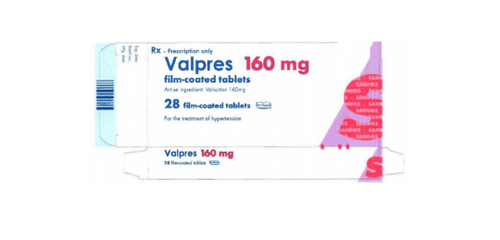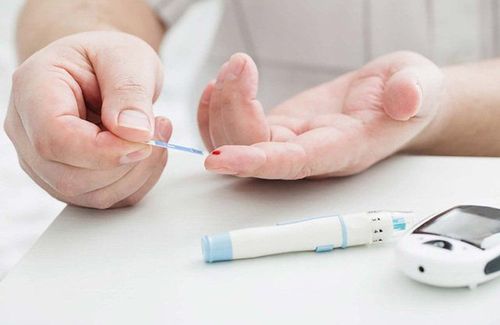This is an automatically translated article.
Measuring carbohydrate efficiency can help with glucose management. To help you understand how the foods you're eating can affect your blood glucose levels, here's an abbreviated chart of the glycemic index for more than 60 common foods.1. Food glycemic index
The glycemic index is a value assigned to foods based on how slowly or quickly those foods raise blood sugar levels. Foods low on the glycemic index (GI) scale tend to release glucose slowly and steadily. Foods with a high glycemic index release glucose quickly. Low GI foods tend to promote weight loss, while high GI foods help restore energy after exercise, or offset blood sugar levels after hypoglycemia (or not enough). Long-distance runners will tend to eat more foods with a high glycemic index, while people with diabetes will need to focus on low GI foods. Because people with type 1 diabetes cannot produce enough insulin, and people with type 2 diabetes have insulin resistance. With both types of diabetes, the faster release of glucose from high GI foods leads to blood sugar spikes. The slow and steady release of glucose in low-glycemic foods helps maintain good glucose control.2. Food glycemic index table
Low GI varieties. + Average of all available sources.Vinmec International General Hospital with a system of modern facilities, medical equipment and a team of experts and doctors with many years of experience in medical examination and treatment, patients can rest assured to visit. examination and treatment at the Hospital.
If you have a need for consultation and examination at the Hospitals of the National Health System, please book an appointment on the website for the best service.
Reference source: health.harvard.edu
Please dial HOTLINE for more information or register for an appointment HERE. Download MyVinmec app to make appointments faster and to manage your bookings easily.













